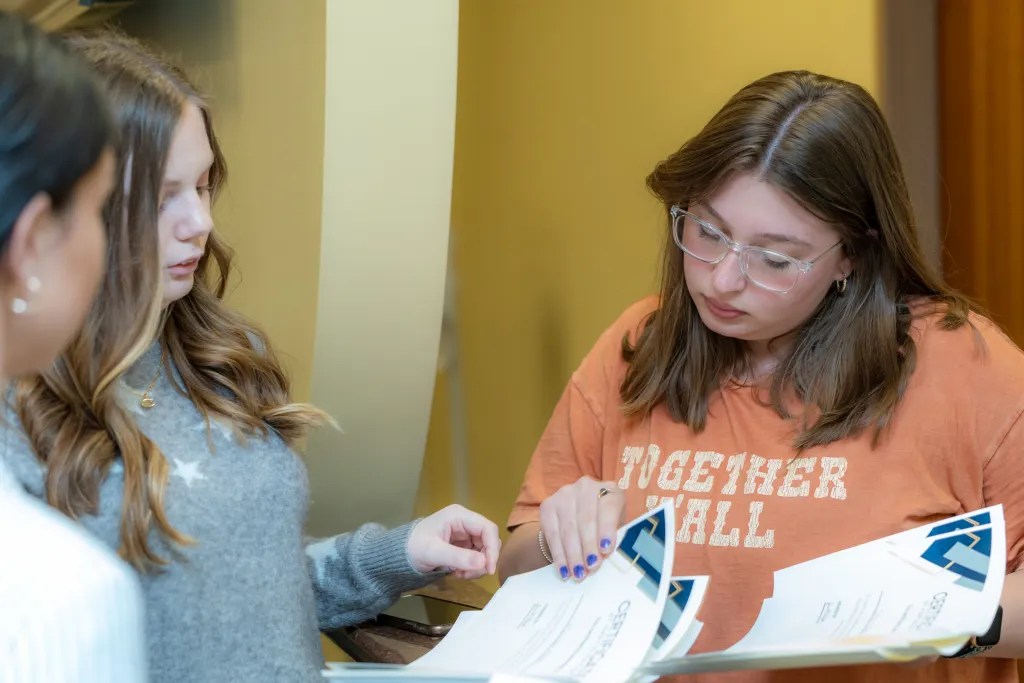Tourism is growing at an exponential rate in Wild & Wonderful West Virginia – from cave and river adventures, to resorts and spas, there is something for everyone to try and love. But what about the opportunities to connect with local communities and learn about the heritage of Appalachia? Businesses like farm-to-table restaurants, farm stays, u-pick farms and distilleries offer family-friendly adventures and hands-on experiences that are uniquely Appalachian.
The challenge, however, is that people are largely unaware of the more than 200 agritourism and farm based experiences found only in the Mountain State. To overcome this, MHA and WVU Extension partnered to craft a campaign that takes visitors and residents alike on a route to the roots of Appalachia.
What we learned
To determine the best path, the account team looked to other states to learn how they were promoting the industry and conducted interviews with tourism authorities, agritourism business owners and experts. Recognizing we needed to pilot the ideas we generated, the group identified three main regions that were positioned for growth: the Eastern Panhandle, Potomac Highlands, and New River Valley/Greenbrier regions.
We also learned a lot about what the businesses felt were the best first steps to achieve the campaign goals, as well as who would be most likely to enjoy the deeply rooted traditions of the Appalachian experience. To be successful, we also needed to recognize a few key insights:
Who we connected with
While we knew that farm-based fun wasn’t the experience for everyone, we learned that there were some audience segments that were craving a unique experience and new family tradition.
The first audience segment was the sustainably conscious young mom. The primary goal for this audience segment was to bring awareness to the many family-friendly agritourism experiences that the eastern part of the state has to offer.
The second audience segment identified was the adventurous, retired couple. The primary goal of targeting this segment was to show those who have the time to travel and are seeking memorable experiences that there are many relaxing and novel agritourism opportunities throughout the eastern part of West Virginia.
The last audience segment that the group identified were busy, enthusiastic business owners in eastern West Virginia. The main goal of pursuing this audience segment was to show that agritourism businesses in eastern WV cultivate environments to pursue passions.
What we created
Based on our research, we knew the first step was to cultivate relationships with a variety of businesses ranging from lodging to farms and restaurants to breweries. For these businesses we wanted to provide them a way to connect with one another, while also elevating visibility of their own business. To accomplish this we created a variety of digital and print assets.
Meet Me in The Mountain State Guides
Digital and downloadable travel guides were published on the WVU Extension website. This one stop destination for all things farm-based allows tourists and travelers an easy to find list of businesses in the region. To drive traffic to the site, window decals including a QR code were provided to all partner businesses.
To increase awareness of agritourism in general, attractive posters were also created as a fun and artistic way to demonstrate the Appalachian roots of farm-based businesses.
Brochures were created for distribution at visitor centers throughout the state and through partnered businesses. The brochure included information about agritourism in general and a helpful map highlighting what was in each region.
Enlisting the Support of Influencers and Travel Writers
To increase our reach and awareness, the team developed a list of micro influencers with a passion for travel and an engaged following. Targeted influencers ranged from people who loved to share their passion for the Mountain State to those who were known for finding exciting outings in unique places. We also reached out to travel writers and bloggers at respected publications ranging from The Washington Post to WV Tourism and WV Living to Virginia Travel tips. These experts offered another way to connect audiences with the rich stories, deeply rooted traditions and tapestry of farm-based opportunities in the eastern portion of the state.
Optimizing Businesses Digital Footprints
Our research also indicated that many of the farm-based and agritourism operators didn’t have extensive knowledge of how to promote their businesses online. As a first step to improve their searchability, the team developed instructional SEO tutorials, keywords lists and optimized content. These resources were provided to businesses so that they can easily implement these strategies and improve their digital footprint.
What we accomplished
While the work is never done, the team accomplished many things that lay the foundation for ongoing success. A few highlights include:
- Partnering with nearly a dozen businesses in the Eastern Panhandle New River-Greenbrier Valley regions.
- Securing 133 page views on the Eastern Panhandle guide and 104 page views on the New River-Greenbrier Valley guide
- Confirming interest from two influencers, four publications and one podcast.
- Presenting SEO strategies to 21 owners and operators with many committing to implementation
















































































